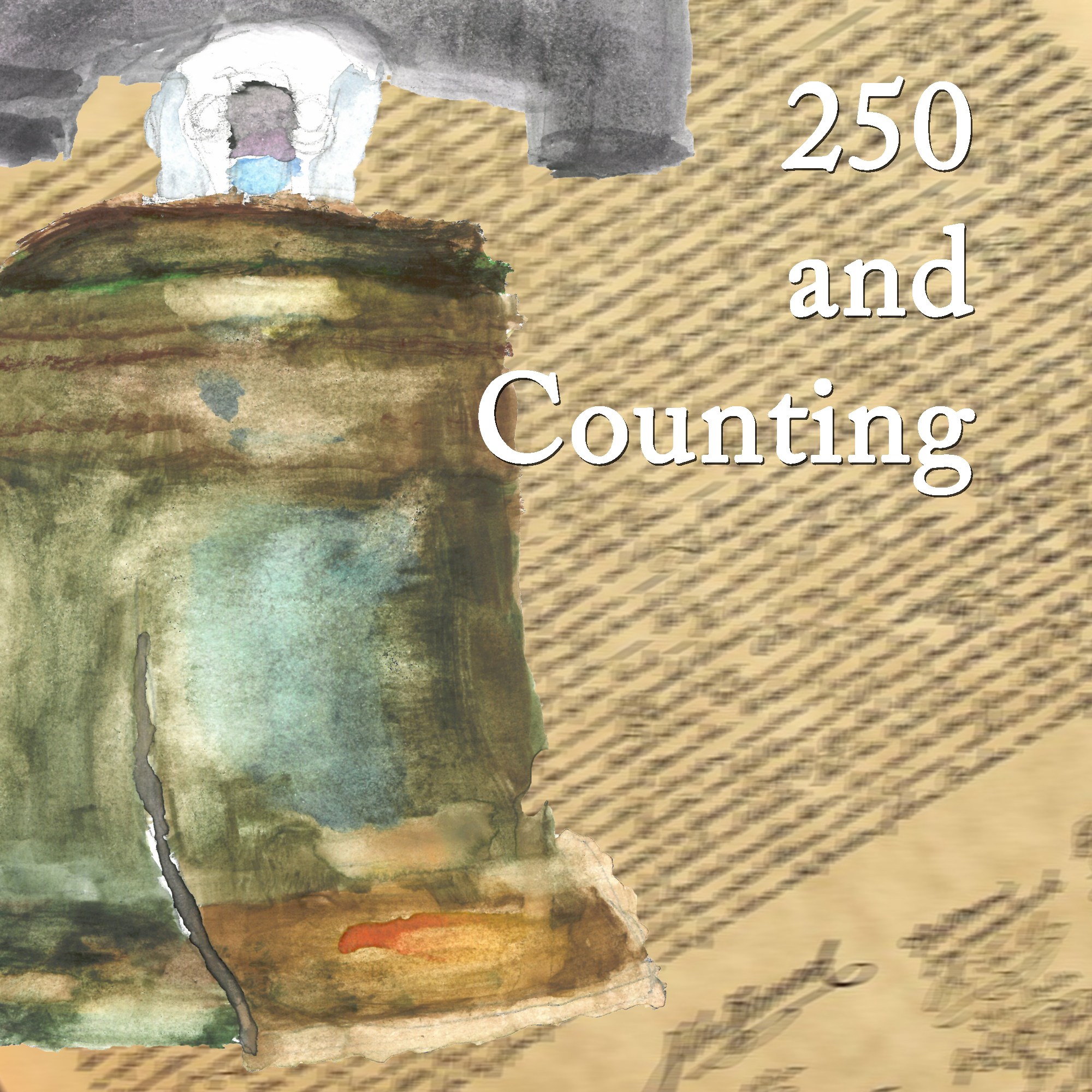
It could be argued that Captain Heald’s biggest claim to fame is that he was on hand for the disastrous outcome at Fort Dearborn, but at least he doesn’t eat the blame for it; it just happened to be the guy who was there.
On the bright side (such as it is), the events at Dearborn were soon overshadowed by President Madison declaring war on the British, thus beginning the War of 1812. Heald and his wife, who were both injured at Fort Dearborn, were released back to the Americans. Heald was promoted shortly thereafter and given a disability discharge in 1814. And isn’t that always the way.
Podcast: Play in new window | Download | Embed





